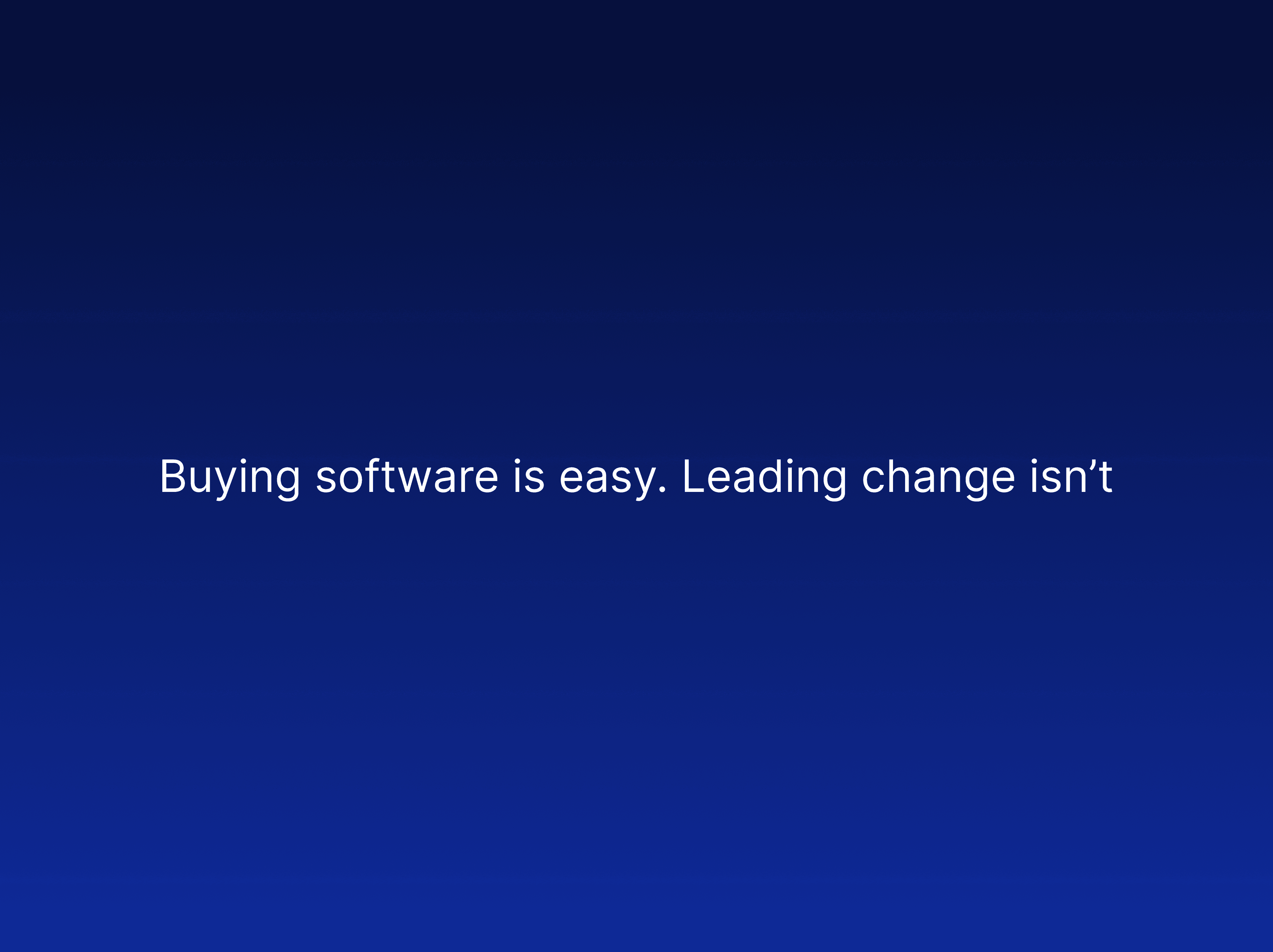Watch the video and read the full interview to learn why Kaj thinks the fertility industry is overdue for a shift away from traditional EMRs and patchwork tools toward a true Fertility Operating System.
Meet Kaj Rydman
Kaj Rydman has spent decades in different areas of the fertility industry from California Cryobank to TMRW Life Sciences working at the intersection of technology and healthcare.
But it was really in 2018 when two unfortunate incidents occurred in the US where thousands of gametes and embryos were lost due to equipment and process failure that Kaj realized the deep need for better systems in the fertility industry. Since then his mission has been to help fertility clinics and cryobanks improve their systems.
We interviewed Kaj about his learnings and views on the shortcomings of current systems and the promise of a new kind of infrastructure.
Closing the Accessibility Gap in Fertility
Before diving into the solution, our conversation began somewhere else – with the fundamental problem of the industry: The need for fertility treatment is dramatically higher than what clinics today can provide.
“So many people are writing about the lack of accessibility, how there are 10, 20, 30 times more people that actually would benefit from the services and from the treatments. And there simply isn't enough available capacity in any country.”
Historically, the solution has been to build more IVF clinics, each with all operations under one roof. But Kaj argues that this approach multiplies costs instead of solving the fundamental scaling issue and thereby improving access:
“You multiply and you duplicate your infrastructure and your costs... As opposed to scaling an industry where you're trying to do less… the unintuitive way of scaling is that you have to do less things to do more.”
Kaj’s central idea is that clinics’ capacity to treat patients are held back today by broken systems and manual workflows.
Rather than simply doing more of what they already do, to close the accessibility gap, fertility clinics must rethink how it uses technology to reduce cost and increase reach.
Limitations of Traditional EMRs
Much of fertility care still runs on electronic medical record (EMR) systems, but Kaj points out they were never designed for the realities of modern fertility workflows.
“EMR by default is focused on that patient care aspect, the laboratory aspect of things. It's not designed to be a communication tool. It's not designed to be managing specimens in particular.”
Worse, traditional EMRs create silos between clinics and other stakeholders in the industry:
“It's certainly not designed to be interactive with other facilities. They don't communicate well with each other.”
While EMRs may handle lab testing and documentation, they fall short of what fertility clinics require today: interoperability, automation, and seamless patient engagement.
The Modern Fertility Operating System
To bridge these gaps, Kaj envisions a new kind of infrastructure: a Fertility Operating System.
“There are many pieces of software that have been developed over the last few years to address some of these issues. But they are often singular standalone pieces that address one issue, but not look at the whole system in a larger sense.”
Instead, fertility needs something like iOS for clinics, Kaj explains:
“At the core of it, there has to be something similar to the iOS in Apple phones that provide that connectivity to all these individual systems as if it's one single system. Such a platform would act as a secure repository, connecting systems, patients, and clinics, while ensuring the right information reaches the right people at the right time.”
Fertility OS will enable clinics to truly scale
The promise of the Fertility OS extends beyond technology: It transforms how clinicians spend their time, thinks Kaj.
“A nurse is not trained… for data entry or pressing buttons here and there. They are trained for patient care. Same with the doctors.”
By shifting repetitive tasks like duplicate data entry and manual witnessing away from staff, clinics can both expand access and improve care.
“If you allow the nurses to do less of the things that don't matter from their perspective, then they can do more patient care. And this is where the accessibility comes to play. There will be a lot more patients coming your way. So you can do more of the things you love, of the things that you are trained for.”
So clinics can do less which will help them actually scale their capacity and improve accessibility to patients.
In short, a Fertility OS helps every stakeholder; clinicians, patients, and clinics to focus on what matters most, while the system itself handles the complexity.
–
At wawa, we share Kaj’s vision: the future of fertility isn’t just about building more clinics, it’s about building better systems that radically improves the output of each clinic. That’s why we've built wawa fertility OS: A modern operating system that powers every part of a clinic, from patient and cycle management to lab operations, cryo storage and finance.
Like iOS for the iPhone, it comes with powerful tools out of the box and connects seamlessly with existing equipment and point solutions. The result? One robust infrastructure, one source of truth, and no more manual double data entry. Just clinics empowered to focus on what they do best: Caring for patients.

Previous:
Article

Next:
Case study





